
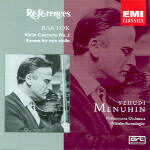
In 1988 EMI reissued the 1953 Menuhin/Furtwängler Bartók Second Concerto, coupled with the violinist’s 1947 premiere recording of the composer’s solo violin sonata (Menuhin commissioned
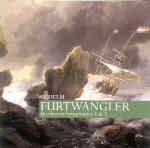
(Sung to the opening measures of Beethoven’s Fifth Symphony): “Avoid this disc! Don’t take the risk! These two performances have been released before In better
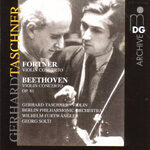
Gerhard Taschner premiered Wolfgang Fortner’s (1907-87) Violin Concerto in 1947. Composed very much in the style of the times, it makes liberal use of neoclassicism

The choice item in this second volume of Deutsche Grammophon’s budget Furtwängler/Berlin Philharmonic collection is the 1942 Brahms Piano Concerto No. 2 with Edwin Fischer.
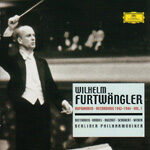
This release collects a good number of Deutsche Grammophon’s Furtwängler wartime recordings into one budget box, making them convenient as well as affordable for those
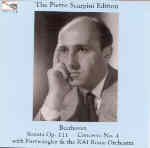
Arbiter’s proprietor Allan Evans, a veritable archeologist of forgotten keyboard artists, launches what hopefully will be a series of CD releases featuring Pietro Scarpini (1911-97),
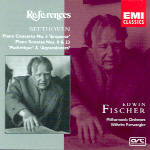
The justly acclaimed Fischer/Furtwängler “Emperor” first appeared on CD alone at full price, then at mid-price coupled with the pianist in Beethoven’s Op. 10 No.
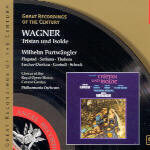
This nearly-50-year-old performance still retains its status as a “classic”, and the digital remastering that would appear to be the raison d’etre for its current
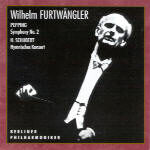
Ernst Pepping was born in 1901, the same year as Harry Partch, and Heinz Schubert’s 1908 birth year was the same as Elliott Carter’s. Without
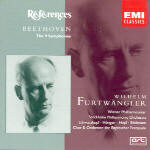
The chief concern here for collectors is how EMI’s latest remasterings of its Furwängler Beethoven cycle compare to previous ones. Symphonies One, Three, Four, Five,
![]()
